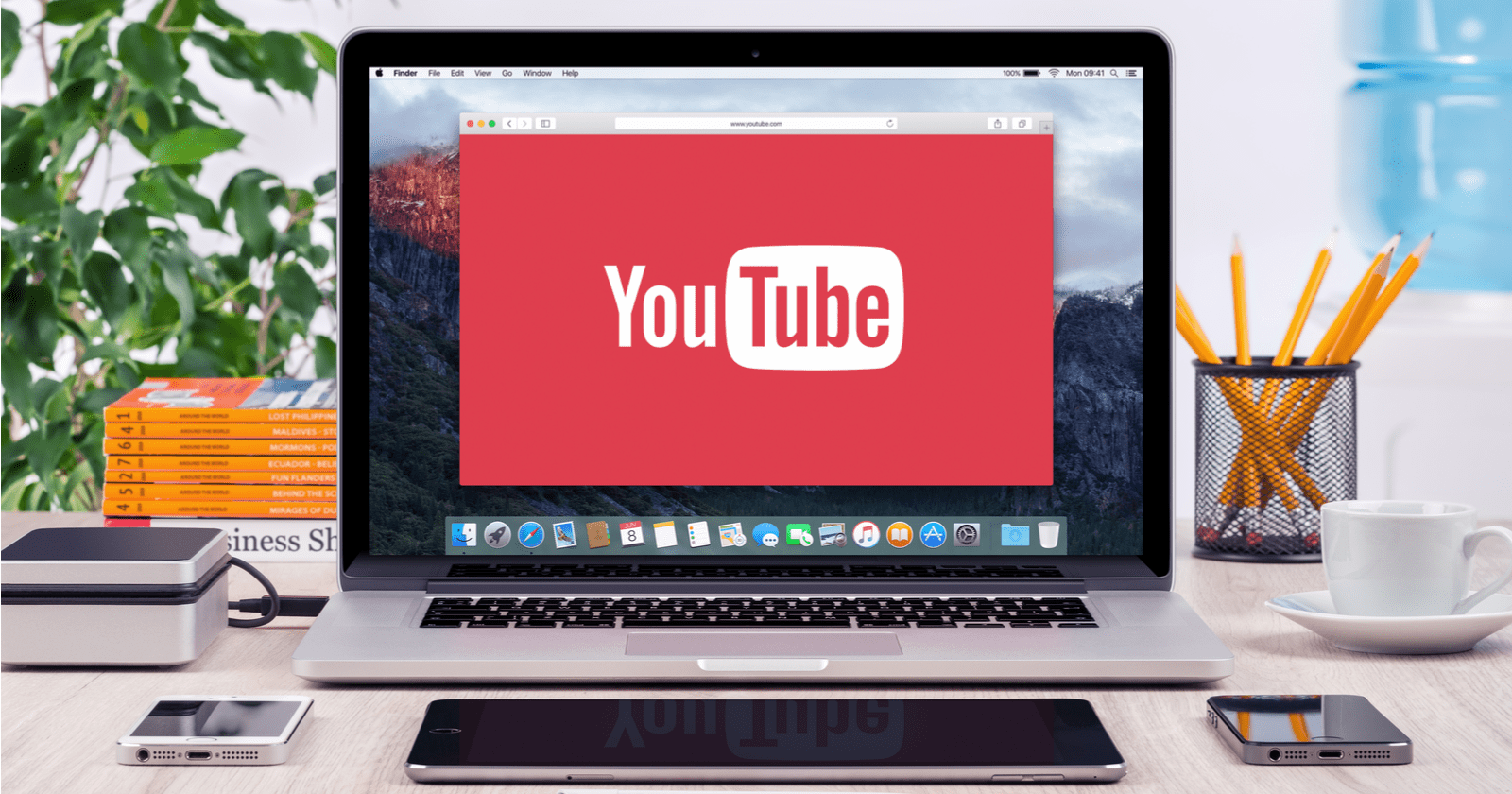
If you’re a YouTube fan, that fact will give you goosebumps that the platform has the most powerful and innovative recommendation engine. Almost 70 percent of the total watch time consumed on YouTube is driven by these recommendations. Being the world’s second-largest search engine, YouTube could play a vital role in brand promotion and value building. Furthermore, if well-optimized, YouTube videos can be listed on top of Google search results.
YouTube SEO Best Practices Suggested by Recommendation Engine
To help YouTubers out, the platform has published a guideline page showing how the YouTube recommendation engine works. If you thoroughly go through these recommendations, you will be able to sharpen your YouTube SEO. The article jots down some pertinent recommendations from the guide and its impact your search engine optimization practices for this video search engine.
1. Metadata:
Like its importance for ranking in Google, metadata is equally significant for YouTube SEO. Even though YouTube now automatically generates captions for the videos, you should make real-time titles by your own. Impressive titles can improve the chances of YouTube Video recommendations.
Google’s recommendation algorithm stresses the importance of metadata. However, it’s found that many videos are uploaded with incomplete metadata or metadata entirely missing. Though YouTube’s recommendation engine is designed to address this trouble, you must make sure that every video uploaded on your YouTube is populated with the right information.
A) Catchy Titles
While writing video titles, include your target keyword in the title. You need to ensure that the title is attention-grabbing and enticing. Impressive titles can help you get your videos recommended more on the platform.
B) Description
After an enticing title, include a full description for your video. Use your target keywords with certain variations and make sure that your description is at least 250 words long. The more information your description captains, the more data YouTube gets to work with. Don’t forget to add focal points of your Video in the description.
C) Tags and Playlists
Don’t underestimate Keyword tags as they are still important when it comes to YouTube videos. Include your primary keywords and related topics in video tags. In addition to related tags, you should also include related videos in the playlist and recommend your playlists at the end of the videos. If your videos go viral and stay on YouTube longer, they will start showing in recommended videos.
D)Thumbnail and File Names
Add an impressive thumbnail with the video with text to represent the video subject. Catchy text will surely ignite the audience’s immediate emotional reaction.
2. Video Data:
YouTube recommendation engine stresses the importance of data within the video itself. The paper explains the importance of sources of information for videos. The report reads that YouTube generates automated transcripts from your videos, so make sure that you use keywords within the video itself.
While responding to the videos, reference the name and YouTube channel of any videos. It improves the chances that you will show up in their video recommendations more. Furthermore, including videos or images within your videos will likely boost your video’s relevancy scores.
3. User Data:
To explain user data and its significance for YouTube videos, the YouTube recommendation engine paper segments it into two categories namely implicit and explicit. Explicit user data captures stats about users who like videos and subscribe to video channels. On the contrary, implicit data captures stats like watch time.
You can’t do much to analyze user data. But some stats such as relative audience retention can be tracked and you should follow it closely as well. Please note, that remove videos that have poor relative audience retention to prevent any harm to your YouTube channel.
4. Push Co-visitation:
If the term is new to you, here is the definition. Co-visitation is the number of times two of your channel videos were watched within a given period. Since the YouTube recommendation engine references co-visitation, you need to have the audience on your channel who viewed another video to also watch your video within a given short time. You can do it in many ways:
- Creating response videos against the initial videos
- Create complementary videos to attract traffic
- Targeting keywords related to a specific video
- Publishing videos to target a specific YouTube community
5. Ranking Factors:
Relatedness isn’t the only factor that YouTube’s recommendation engine considers for video ranking. The engine refers may other factors as well to determine the video rankings which may include video quality, user specificity, and diversification.
Further, the video quality depends upon several factors including the video’s user ratings, overall comments, number of times it has been favorited, upload time view counts, etc. The engine removed the ranking of two similar videos from the SERPs since all that YouTube wants is to offer the audience a greater user experience with a more meaningful selection of options.
The recommendation engine achieves it by limiting the number of recommendations using any particular seed video or by limiting the number of recommendations from a specific channel.
I hope that the article will help you understand how YouTube works. I will keep adding more in-depth resources in days to come to help you improve your chances of doing well on the world’s most popular video streaming site, YouTube.

Tarun Gupta, CEO of Brainpulse Technologies, is a prolific author and digital marketing specialist. His insightful writings span SEO, content marketing, social media strategy, and email campaigns, offering invaluable expertise to businesses worldwide. Tarun’s contributions continue to shape the digital marketing landscape, guiding success in multiple niches.